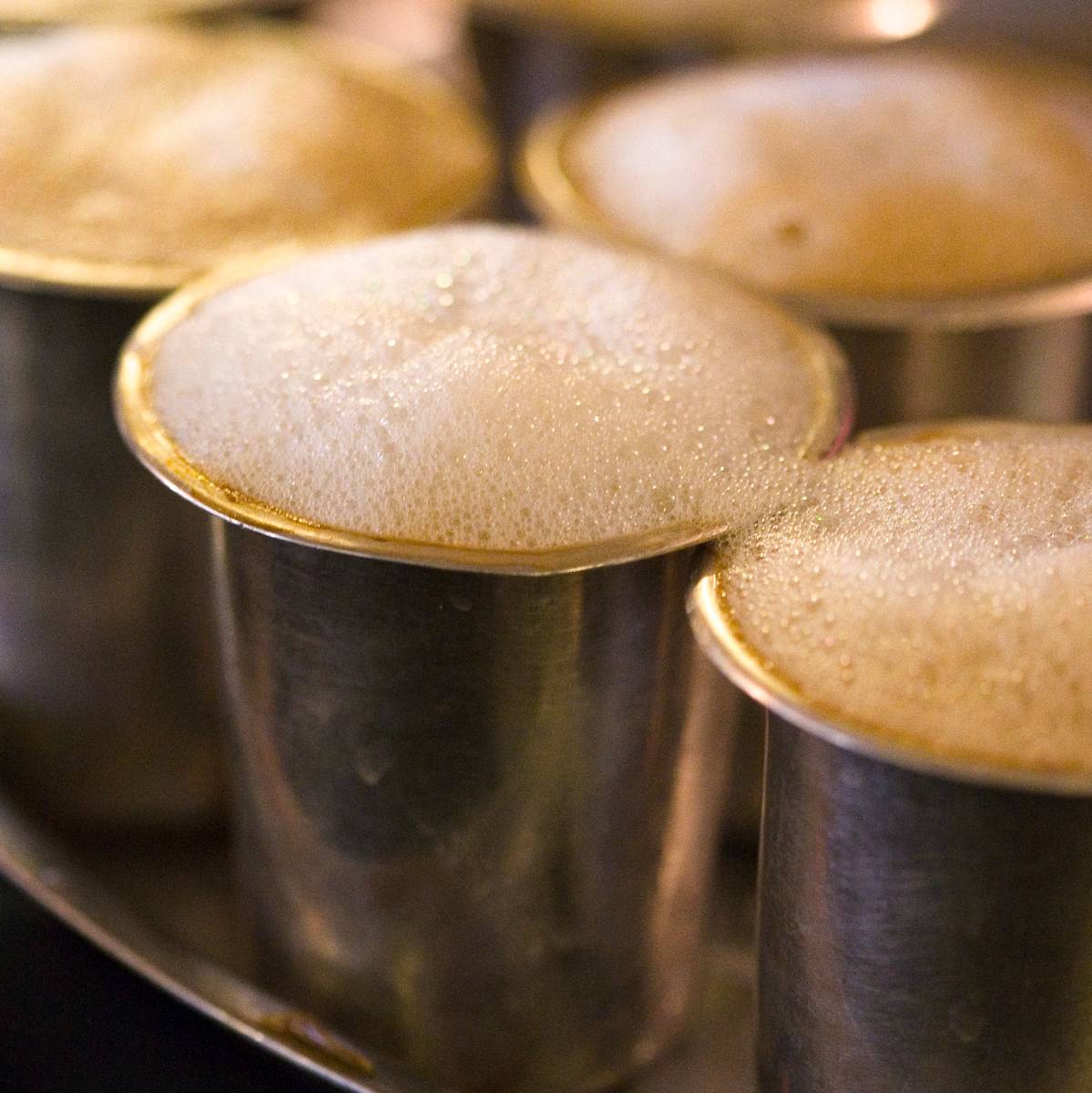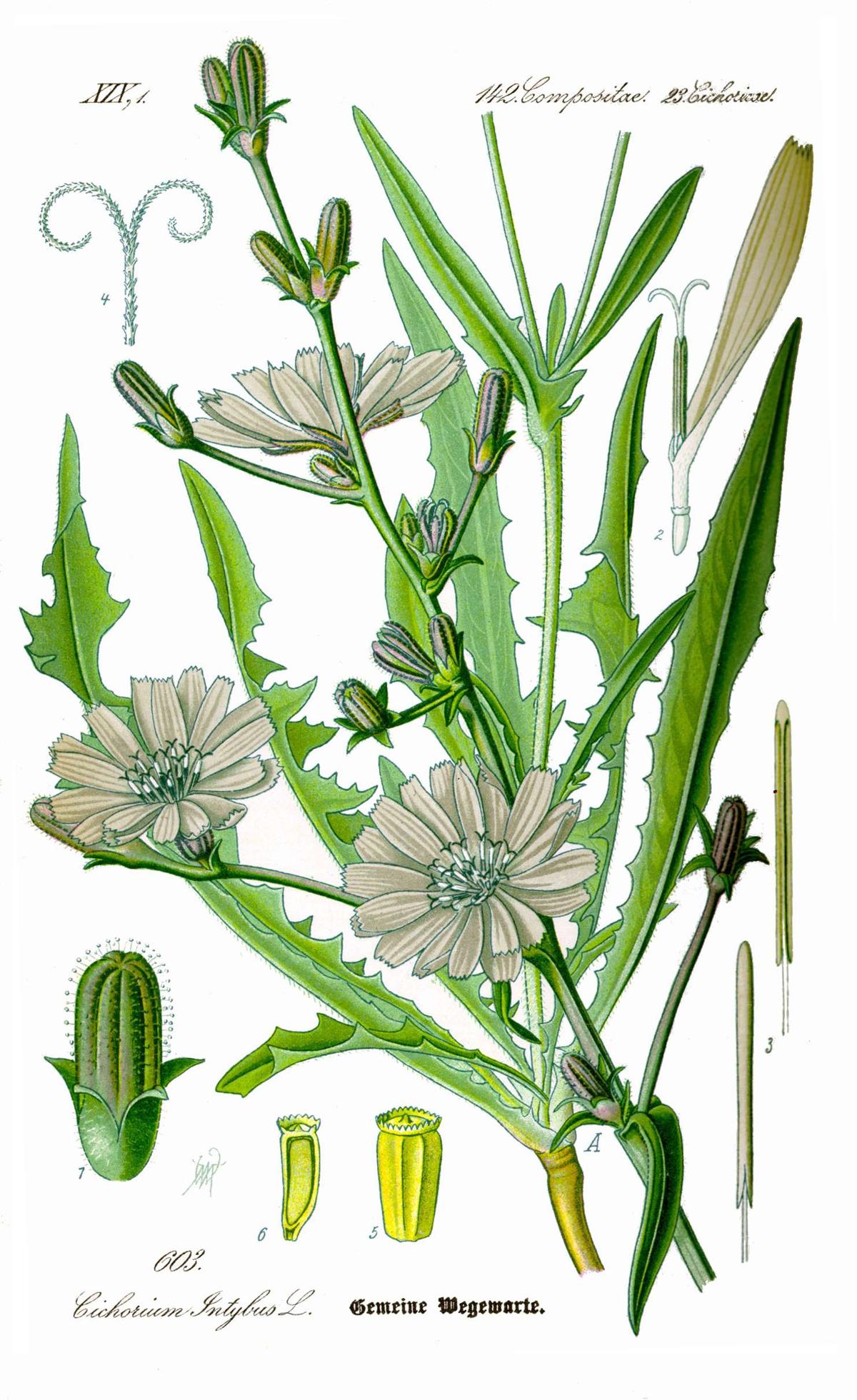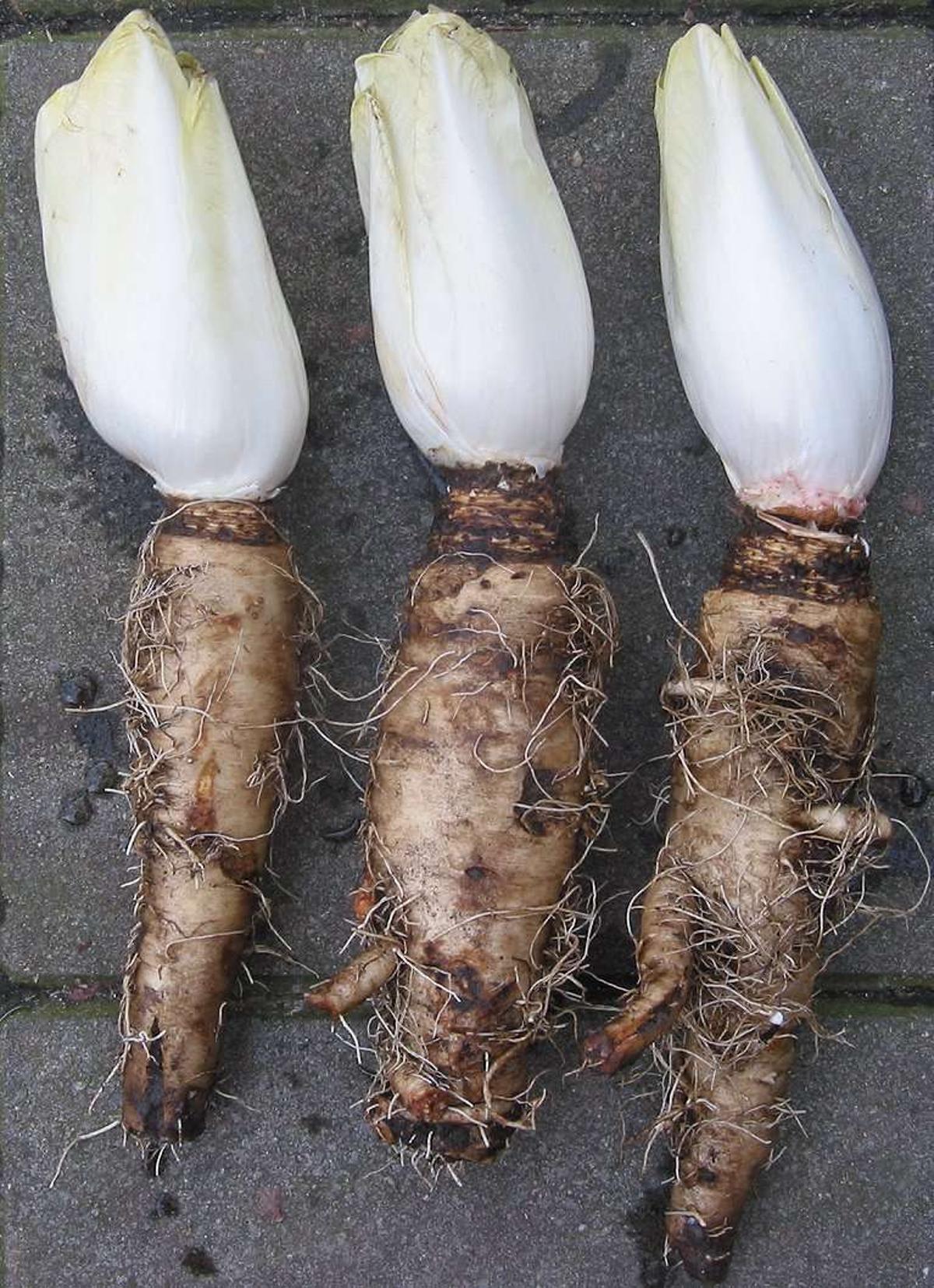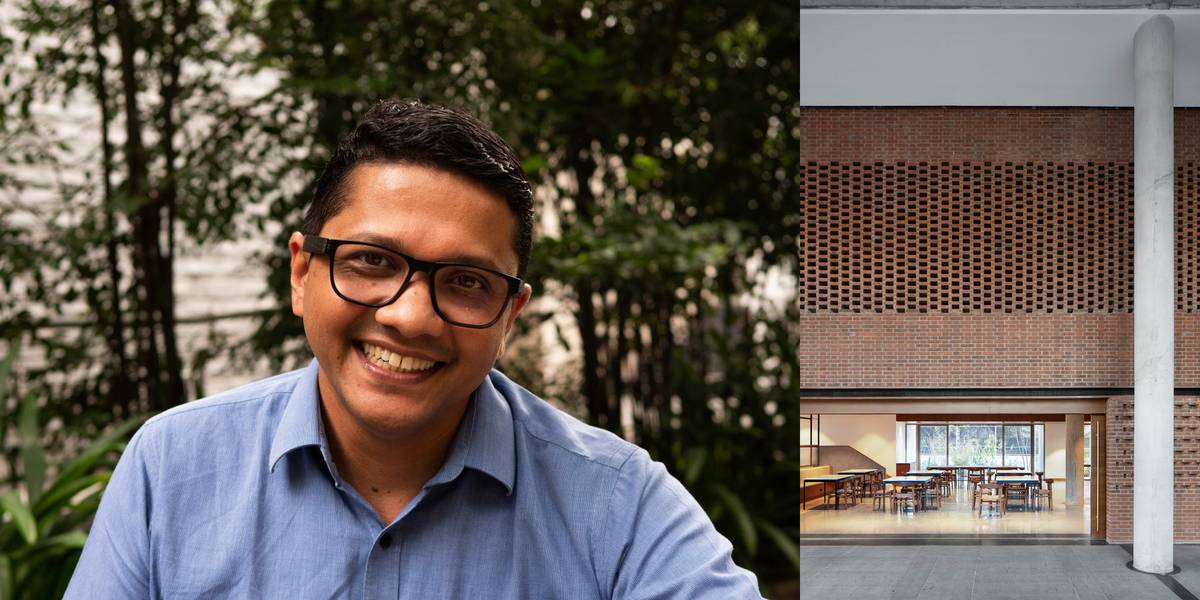It’s Not A Good South Indian Filter Coffee Without Chicory
The question lingered with me for years. And it as not until a few months ago that I decided to exorcise the spectre of chicory out of my head and onto a page; and here we are.
Oct 12, 2024, 10 43 | Updated: Oct 12, 2024, 11 09
My mother sent me on an errand to buy her regular coffee pudi or powder. “90:10”, she said.
“Huh? ‘90:10’” For a math n00b like me, I thought she was going to get technical. Ugh.
I came to understand that it wasn’t as much a test of math as it was a ratio, that meant, she wanted her coffee to be a blend of 90% pure coffee powder and 10% chicory.
I speak of this in the past tense because she has become savvy enough to order her coffee pudi on Dunzo herself.
Chicory.
Such a funny word.
Why would she want chicory?
In her coffee?!
The question lingered with me for years. And it as not until a few months ago that I decided to exorcise the spectre of chicory out of my head and onto a page; and here we are.
How shall I find out about chicory?
Setting aside my spirit of inquiry honed from years of doing feature stories and—my generation not given to googling things before asking questions—I decided to ask a coffee roaster.

Clearly delighted at having been asked, he went into great detail about varieties of roasts and blends. And then, while discussing blends he slipped in the word “chicory” quite matter of factly.
Stop right there.
Chicory. That’s the word.
“Forget coffee. What is chicory?” I sliced into his monologue, “Is it grown in the same hills as the coffee? How does it enhance the coffee?”
He seemed miffed at being interrupted. And in hindsight, miffed at being asked to talk about chicory. And not his beloved Arabica, Robusta and the lot.
He lost all interest in me and trailed off… literally… he upped and left. Never came back after anything that might constitute “reasonable time”.
Maybe he was on a roasting deadline. I am trained to respect deadlines.
Fine, I thought. I won’t waste this gentleman’s time and will learn about chicory in my own time. And then gave in to google.
“Who puts chicory in coffee—other than Mom—and why?”
And now, armed with information and feeling duly female and empowered, I set about to waste another gentleman’s time.
Dr Babu Reddy is Deputy Director of Research in the Market Intelligence Unit of the Coffee Board of India.
And he took me to a place of knowledge Google had been unable to reach.
Here's what he had to say.
Commonly it is thought that chicory was used as a coffee substitute in World War II. The French used a root, chicorée (the name given to the blue-flowered plant that it comes from) to make a drink akin to coffee. You might better know this root as endive or radicchio which is commonly used in European salads.

I told Dr Reddy I had read PL Simmonds's book called “Coffee And Chicory Their Culture, Chemical Composition, Preparation For Market And Consumption With Simple Tests For Detecting Adulteration And Practical Hints For The Producer And Consumer”.
He raised an appreciative eyebrow.
Now this book was written in 1864 about 75 years before World War II started and he mentions how chicory was used in coffee consumption.
Simmonds writes, “During its extended use chiefly from the system pursued by the first Napoleon to substitute home-grown for colonial products, it has gradually become approved and popularised for a beverage, either used alone or more generally mixed with coffee in numerous countries, where it can be sold far under the price of even the lowest grade coffees.”
There’s an even older and less-known history to chicory—it was earlier used in Holland, before it reached France in 1801.
But how did it come to South Indian filter coffee and go on to hold my mother and her cohort in its thrall?
To answer that we have to go a little into the history of coffee itself.
In 1670, the Muslim saint Baba Booden was returning to Mysore from Mecca. On his travels, he had this intoxicating beverage. So he smuggled seven beans in his beard from the Yemeni port of Moka (read, Mocha!)
These beans were then planted in the hills or the “giri” near Mysore. Here coffee growing became common and the hills are now called Bababudangiri Hills.
While we’ve had coffee plantations in India since the 1600s, the British saw it as a revenue source—they started taxing it. And they encouraged its trade.
It is this extreme trade-ability of coffee that still makes it one of the most lucrative exports from India. Such that we consume less and export more grams of coffee.
It is probably for this reason that the coffee we consume is adulterated with chicory—it’s cheap and you get more cups with just a few grams of coffee.
The milk and sugar also make the coffee last longer—a combination that has become the mark of a good South Indian filter coffee.
Chicory is also a great prebiotic—good for the liver and used historically to treat jaundice.
Now I get it. My mother has always been concerned for my liver.

But, mainly, while the economics of coffee drinking may have been what started this trend, it has become the tradition of generations.
So much for my mother.
What about Dr Reddy’s mom? And I was right.
Dr Babu Reddy smiled.
He said he was first stationed in Chikmagalur and proudly took a bag of 100% freshly ground, freshly brewed coffee to his mother in Visakhapatnam. That’s pure 100% coffee. A son’s rich gift to his should-be-proud mother.
“That’s all very well”, she told him, “but it doesn’t taste like real filter coffee. It needs a little chicory.”








